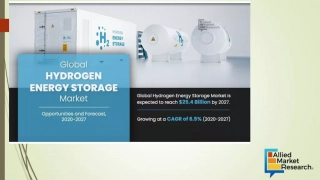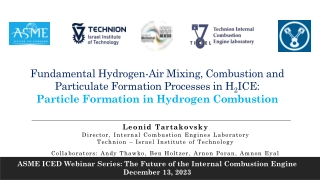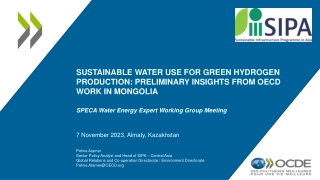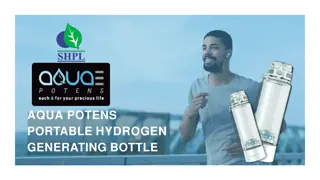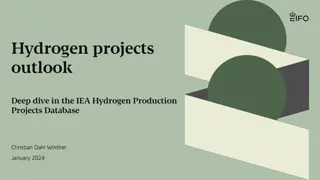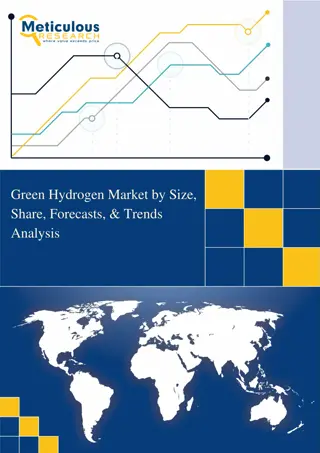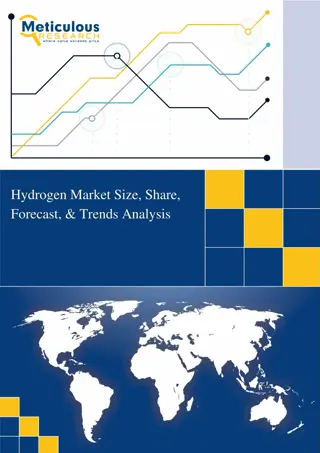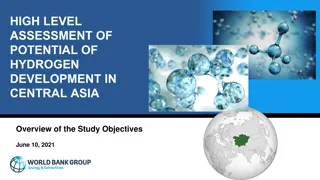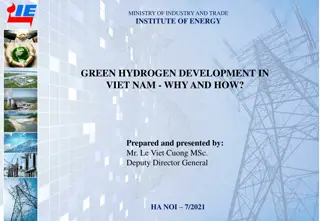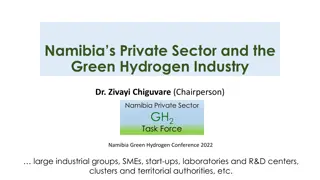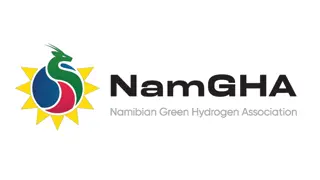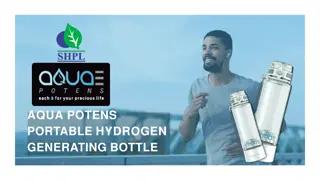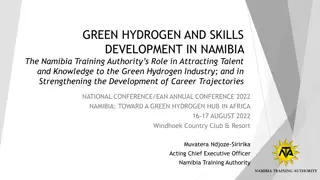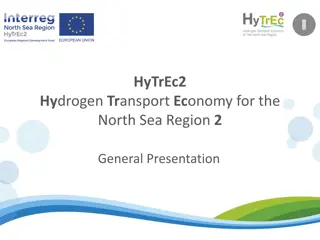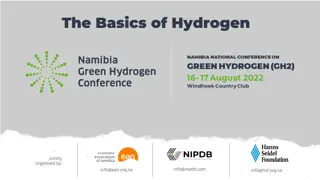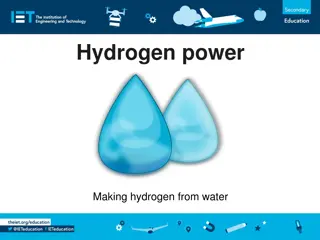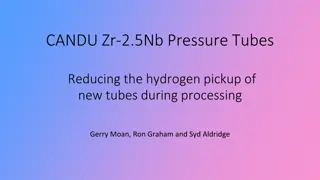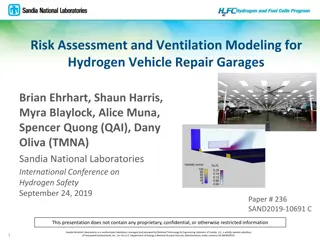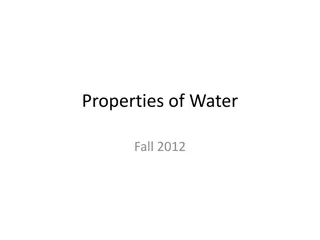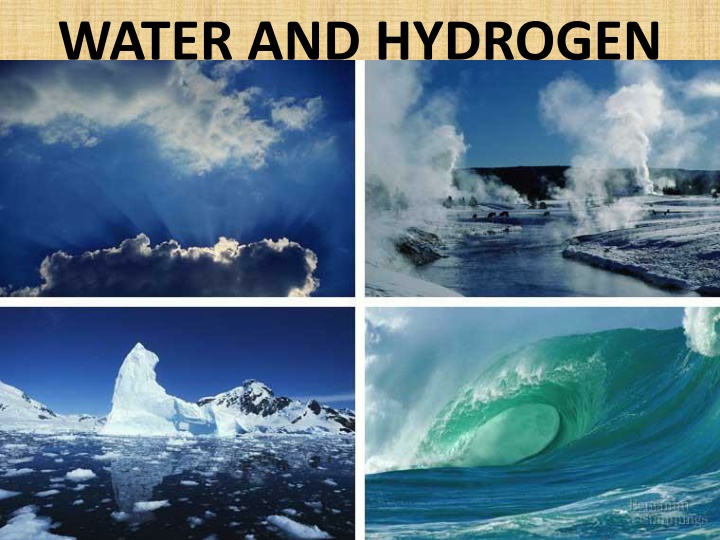
Reactivity of Metals with Water and Hydrogen - Observations and Reactions
"Learn about the properties of water, metal reactions with water, and the reactivity of different metals through observations. Discover which metals react vigorously, produce metal hydroxides, and how unreactive metals are used in practical applications."
Download Presentation

Please find below an Image/Link to download the presentation.
The content on the website is provided AS IS for your information and personal use only. It may not be sold, licensed, or shared on other websites without obtaining consent from the author. If you encounter any issues during the download, it is possible that the publisher has removed the file from their server.
You are allowed to download the files provided on this website for personal or commercial use, subject to the condition that they are used lawfully. All files are the property of their respective owners.
The content on the website is provided AS IS for your information and personal use only. It may not be sold, licensed, or shared on other websites without obtaining consent from the author.
E N D
Presentation Transcript
Properties of Water Polar molecule Cohesion and adhesion High specific heat Density greatest at 4oC Universal solvent of life
The Romans used lead to make water pipes but didnt know that lead reacts slowly with water and makes it poisonous! Some metals react vigorously with water, some metals react slowly and some do not react at all. What is the best type of metal to use for water pipes?
Metals and water general equation Potassium and sodium are metals that react vigorously with water even when a small amount of each metal is used. When a metal reacts with water, the products are a metal hydroxide and hydrogen gas. What is the general equation for the reaction of a metal with water? metal hydroxide metal water hydrogen What is the test that a metal hydroxide is produced?
What is the balanced symbol equation for each reaction? What are the products when each metal reacts with water? lithium + water lithium hydroxide 2LiOH + hydrogen 2Li + 2H2O + H2 sodium + water sodium hydroxide + hydrogen 2Na + 2H2O 2NaOH + H2 potassium + water potassium hydroxide + hydrogen 2K + 2H2O 2KOH + H2
James investigated how reactive some metals are when they react with water and made these observations. Metal Reaction with water Bubbles of gas are given off quite quickly. When tested with universal indicator the water is now alkaline. lithium The sodium melts and skims over the surface producing a stream of small bubbles. Sometimes a yellow-orange flame appeared. sodium Potassium immediately produces a lilac flame as it skims around the surface making a fizzing noise. potassium Which of these metals is the most reactive with water? Which of these metals is the least reactivewith water?
James investigated how reactive other metals are with water and made these observations. Metal Reaction with water Reacts slowly with cold water but reacts quickly with steam. magnesium No reaction. copper No reaction. silver No reaction. gold Copper is used in plumbing and silver and gold in jewellery. Why are these unreactive metals suitable for such uses?
Metals and water order of reactivity Put the following metals in order of reactivity based on their reaction with water, starting with the most reactive: copper,gold,magnesium,lithium,potassium,silver,sodium. potassium sodium lithium magnesium copper, silver, gold
Identifying Water 1. Test with anhydrous copper(II) sulphate Water will change the colour of anhydrous copper(II) sulphate from white to blue. 2. Test with anhydrous cobalt(II) chloride Water will change the colour of dry cobalt(II) chloride paper from blue to pink. Note that these two tests only show the presence of water. They cannot be used to test for the purity of water.
Combustion results in the formation of both carbon dioxide & water When substances burn, reacting with oxygen, the new products formed are called oxides Carbon + Oxygen Carbon Dioxide Hydrogen + Oxygen Water Methane (CH4) is often used in cooking (it contains both carbon & hydrogen) When it is burnt in oxygen it produces the following products: - Methane + Oxygen Carbon Dioxide + Wate
The apparatus below was used to test the products of combustion of a hydrocarbon. Suction pump ice- water Lime water Goes Milky The hydrocarbon is burned here e.g. candle wax. Liquid collected can be tested with anhydrous cobalt chloride paper. Turns Pink
Hydrocarbon fuel methane Effect on cobalt chloride paper blue Effect on limewater clear pink cloudy paraffin blue clear pink cloudy kerosene blue clear pink cloudy coal blue clear pink cloudy cloudy candle wax blue clear pink any hydrocarbon + oxygen water + carbon dioxide
Incomplete Combustion When there is not enough oxygen for complete combustion to occur, incomplete combustion takes place. carbon monoxide + water methane + oxygen CH4 + O2 CO + H2O carbon + water methane + oxygen CH4 + O2 C + H2O Balance the equations
HYDROGEN Laboratory Preparation of Hydrogen
Hydrogen is prepared in the laboratory by the action of acids on metals. Dilute hydrochloric acid containing 1 volume of concentrated acid to 4 volumes of water, is added to granulated zinc. Zinc chloride is formed in solution and the hydrogen that is evolved is collected over water in a trough. Since hydrogen is very much lighter than air and insoluble it may also be collected by downwards displacement of water
http://images.tutorvista.com/content/metals/hydrogen-laboratory-preparation.jpeghttp://images.tutorvista.com/content/metals/hydrogen-laboratory-preparation.jpeg
Properties Properties Hydrogen is; a colourless odourless gaseous element, sparingly soluble in water and the solubility is not much affected by change of temperature, Does not support respiration although it is not poisonous. When hydrogen is breathed mixed with some air for a short time, it weakens the voice and raises its pitch, Forms compounds with a large number of elements. In many cases, these compounds are formed by the direct combination of the elements. Chemically, hydrogen reacts with most elements.

